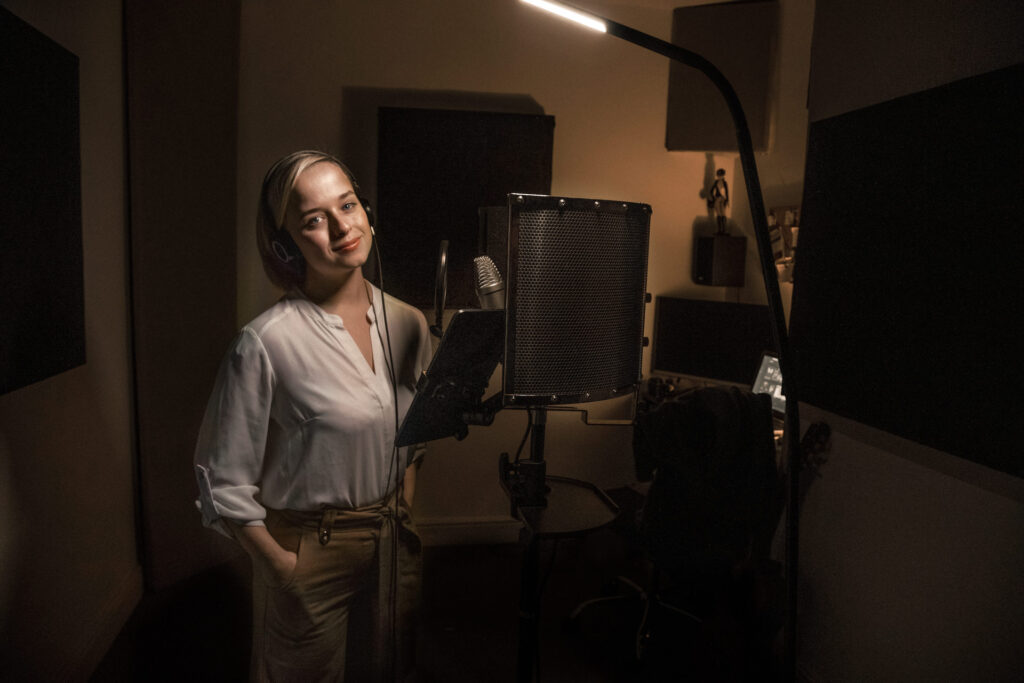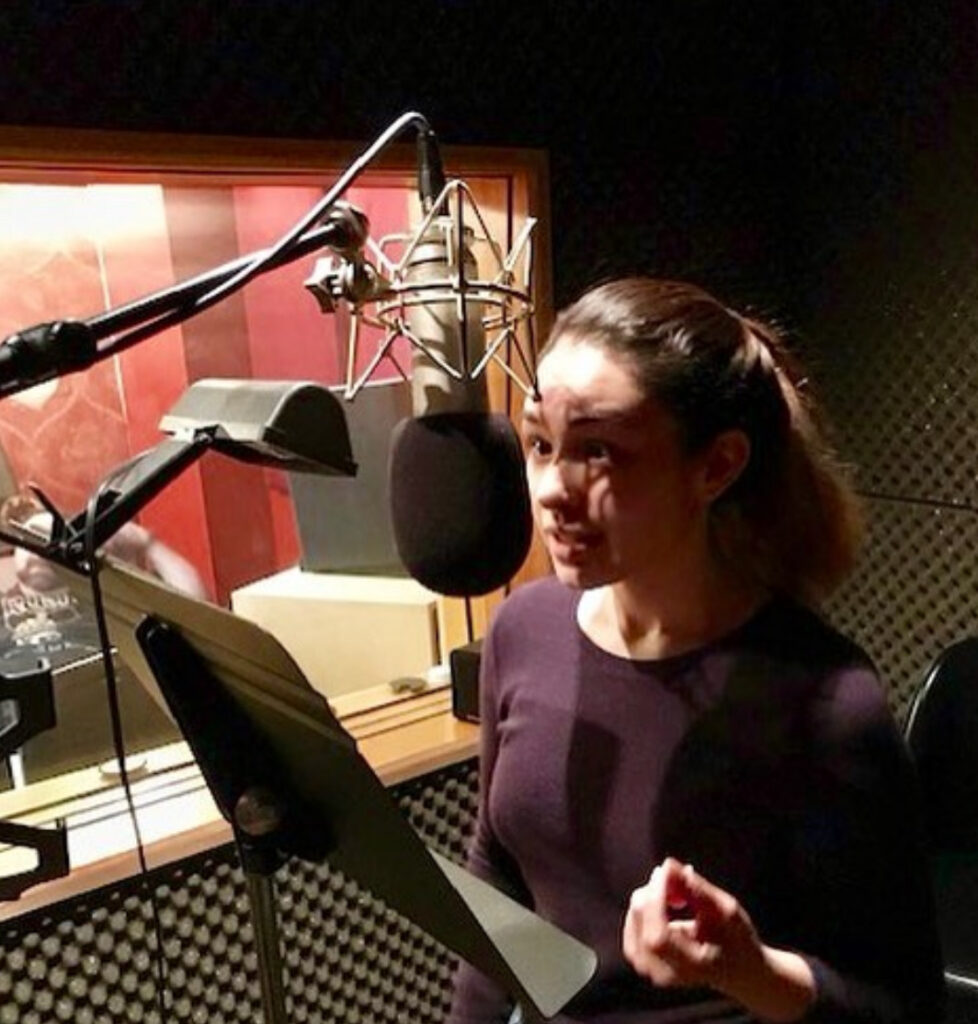
Since we live in a world of media – social networks, TV, radio, streaming services, video games, apps – no matter in which field you are and what your job is, it is likely that there will come a time when you will need an audio production of some sort – for advertising purposes, for voicing over animated characters, presentations, different campaigns, etc. Finding just the right voice over artist can be tricky, but we have you covered with our tips that we hope will help you in your search:
1. Look for recommendations

Word of mouth approach is always a smart shortcut that can get you from A to B effortless and fast. If you know someone who has completed a similar project that you like or are familiar with, ask them for some recommendations. It is very likely that they have done some auditions or at least searched on the web before finding their voice over artist.
2. Browse on platforms
When searching something for the first time, a good option is to look for quantity and quality. Platforms like Voix Off Master are perfect for finding the talent that you are looking for. There is a wide range of talents to choose from. The voice over artists upload their demos and you can get to know them and hear them in a few seconds or minutes. That way, even if you decide to hold a casting call or simply speak to them, you will be able to find many people who have the potential to be the right one for you.
3. Contact video production agencies

This is the lazy and of course – much pricier option, but it should yield great results as these people are professionals and already have contacts and talents available. Also, they will step in with advice and guidance, as well as with the recording and producing part. However, if your budget is tight, this option is not for you and you might need to reconsider.
4. Match the voice to the audience
Some research has given rather ambiguous results. Essentially, 48% of participants claimed that male voice is more forceful, and that female voice is more soothing (46%). Yet, these results are almost close to half, so it doesn’t make much difference. For most participants, the gender didn’t matter in terms of persuasiveness. On the other hand, it has been found that if the target audience is male, then it is better to use a male voice, and vice versa. Also, depending on what is the age range of the target audience, you should choose the age of the voice over actor accordingly. There is more research that should be conducted as response to a voice is highly subjective. Ultimately, it depends on the project; if it is something that is nationwide, then you should conduct research yourself and measure responses, so that you can make an informed decision which will prove to be successful. A safe, yet expensive solution, will be going for a highly recognizable voice of a celebrity.
5. Match the voice to the content, the style and the brand

Depending on what you are providing and offering to your audience, you would have to match the voice to that action.
Also, you would have to decide if you will go with presenting or storytelling, so you would have to pick the voice over artist accordingly. Namely, if you need someone to present something, you wouldn’t be searching for warmth and emotion as those would be more appropriate for storytelling. Relevant studies have proven the impact a storytelling can have in conveying a particular message. In such cases, you would go with a more expressive artist who should have the ability to touch people with his or her voice.
6. Listen to their previous work
Always perform a check on past pieces of work even if their work isn’t anything like what you need or are expecting to achieve, you shouldn’t worry. Check their portfolios and listen to their voice on the projects they have already completed and you will get a good picture of their capabilities and talents – how wide is the range of projects they have worked on. If some artist’s recordings are all in one style which doesn’t necessarily match what you are looking for, don’t expect that they will magically change to meet your expectations. They might surprise your, but it would be a wiser idea to try someone else. If you find an artist who has done something similar to what you are looking for, it would mean that you have struck gold.
7. Listen to their demos

These artists typically have a demo or some sort of introductory video or audio on various web sites – from freelancer platforms to YouTube itself. Browsing through web platforms will probably give you a better insight as you might find comments and rating from former employers which are reliable and are a recommendation of some sort.
8. Organize a casting call
If you are working on a bigger project and your budgets allows it, ideally, you should hold a casting call. That way, you will get the artists to read the script that you want to vocalize and you will get a much clearer idea what you will be getting from them.
9. Mind “the pitch”

If your target audience are more elderly people, bear in mind that the human hearing gets weaker, particularly for certain frequencies. Seniors don’t hear the higher pitch ranges in a normally loud audios – a condition called presbycusis – and therefore, for them, a voice with a deeper pitch would be appropriate.
10. Think in the long term
If this project has a potential to develop further in the long run, then this voice might end up representing your brand. Think about what would be the implications of this – will that voice artist be available for a long-term collaboration? Will he or she be able to perform well in the future projects? Could you negotiate the payment with the artist?
Another thing to pay attention to is to be cautious when following the trends and instead, go for something timeless that will age well.














